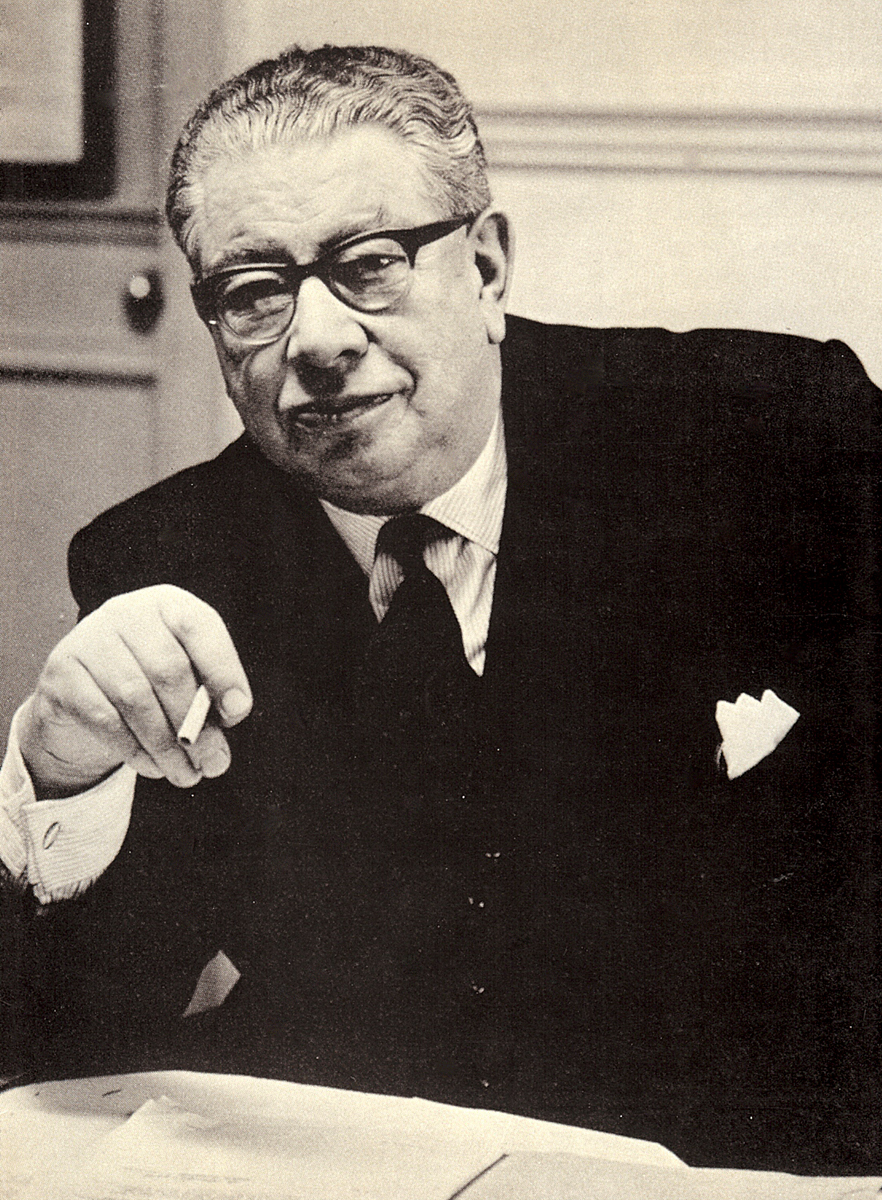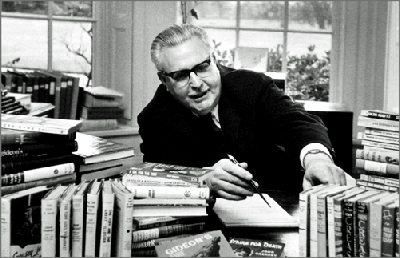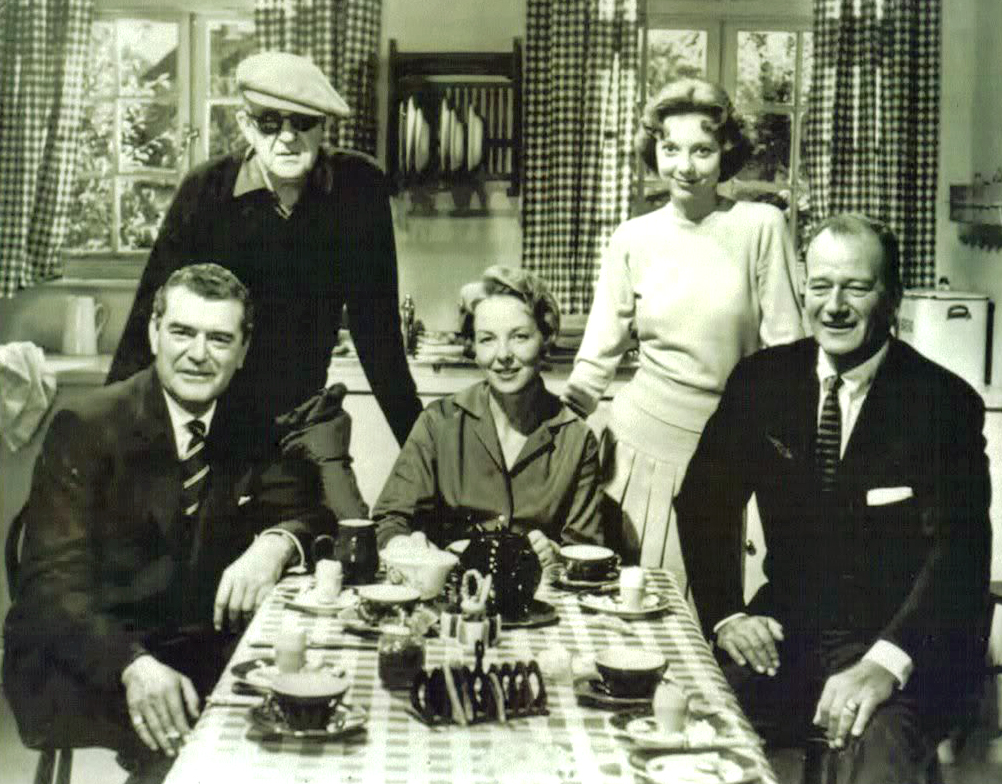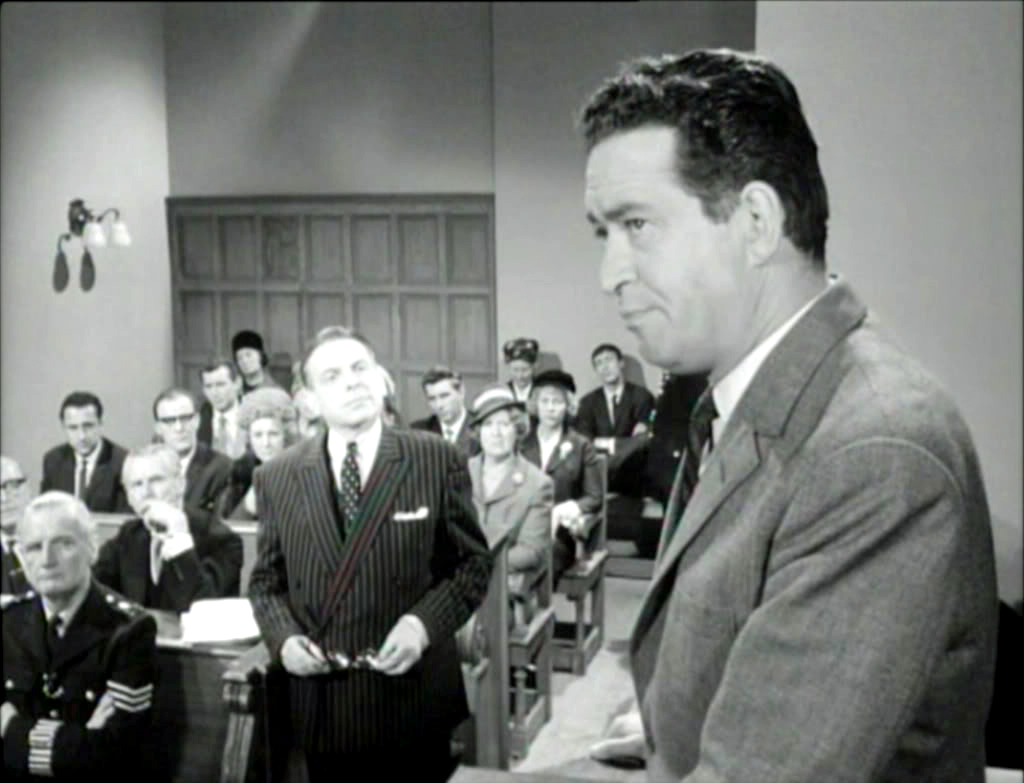Making money in Kilburn
In 1935 Scotland Yard was warned by the German police that forged English £5 notes were being sold there at half their face value. Detective Inspector George Hatterill, who spoke several languages, was sent to Berlin to track down the source of the notes. He found they were a very high quality forgery of a new and unknown type. To trap the gang, Hatterill posed as an English buyer based in Antwerp, engaged in smuggling and gun running. In his autobiography he says he was comfortable playing this role because he’d previously worked in Antwerp as the liaison officer between Scotland Yard and the Belgium police. His contact introduced Hatterill to the gang and he had several meetings in East Berlin cafes. He paid for all the drinks and flashed a roll of bank notes, to convince them he really meant business. Finally it was agreed that 1,000 Bank of England £5 notes would be ready in a week. At this point the German police raided the homes of the gang members and arrested them all, but they couldn’t find the forger.
Three years later in April 1938, the Bank of England discovered some forged £5 and £10 notes which they sent to Scotland Yard. The paper, watermarks, and printing were all excellent and it took an expert to tell there was anything wrong with them. The only information was that the forgeries had come from Paris, but after spending ten days with the French police, Hatherill failed to find the source of the notes. His superiors were unimpressed by how little he’d achieved. About a fortnight later Hatherill was reading the French newspaper Le Matin, and saw that a man had been arrested in Paris for trying to change forged English bank notes. The police found £475 worth of £5 and £10 notes on him. When Hatherill returned to Paris and compared the notes, he found they were identical forgeries to those sent to the Yard by the Bank of England. At first, the man who was about 40, refused to say anything. Hatherill spoke to him in several languages and eventually found out that he understood English, but spoke it and his native German with a strong Württemberg accent. Although the man denied ever having been to England, Hatherill was convinced he was lying because he used colloquialisms which could only have picked up by living there. All the labels on his clothes which might identify the prisoner had been cut off, but Hatherill found a single laundry mark ‘K157,’ on his shirt.
Hatherill returned to London with the man’s photograph and fingerprints but couldn’t find him in official records. So he sent out a request to every police station in London for inquires to be made about the laundry mark. It turned out that scores of people had a K157 laundry mark and Hatherill spent a week going round all the addresses, armed with a photo of the man he’d interviewed in Paris. Eventually he followed up a report concerning a Mr Beckert, who lived at 2A Shoot-Up Hill. This is the first house north of Maygrove Road and is opposite the Kilburn Tube Station. When Hatherill got there he found that the house was empty with an agent’s ‘To Let’ sign. Alongside the front door was a name plate inscribed ‘F. Beckert – Photographer’. Hatherhill could barely contain his excitement when the house agent identified the photo as Frederick Beckert, a German who’d lived at number 2A with his niece and disappeared owing a considerable amount of rent. Hatherill spoke to the next door neighbour who was able to provide yet more important information. She said Beckert’s niece was called Beatrice and she had a boyfriend who worked in a local garage. She also said that an odd job man used to work at the house and that he lived in Burnt Oak. Beatrice had vanished before the neighbour could speak to her about the smoke and smuts that had poured out of the Beckert’s chimney and ruined clean laundry in her garden. That had happened about two weeks ago.
.jpg) |
| 2a Shoot-Up Hill, February 2013 |
Hatherill traced the odd job man, Charles James Groves, of Dale Avenue Edgware, who said he’d worked for Beckert since February 1932. When the bills mounted up Beckert would lock himself in the front room of the basement, sometimes for three or four days, then he would go abroad for about a week. When he returned he paid the bills and the man’s wages. Hatherill thought it was pretty obvious what had been going on. But he was puzzled that Beckert had been hard at work for five or six years while the first forged English notes had only been recovered by the Bank of England a month earlier. He decided to have another look in the basement of 2A. He imagined what he would have done if he had been in Beckert’s shoes while forging bank notes. Presumably, some of the notes would have been spoilt and burnt in the stove. Then he noticed a crack between the floorboards and the stove. When he prised up the boards he found two photographic plates for a German 20 and 50 Reichsmark note. Hatherill remembered the forgeries he had seen in Berlin in 1935. Quickly taking up more of the boards, he found partly melted printing plates for English and Belgium banknotes.
 |
| Basement of 2a Shoot-up Hill, 2013 |
Hatherill’s next move was to visit the Aliens Registration Office where he obtained photos of Beckert and his niece Beatrice. Then he started a tour of the local garages to trace Beatrice’s boyfriend. He came across a young man who said he’d never heard of her but Hatherill’s instinct told him the man was lying, and eventually he admitted that he did know Beatrice. He told Hatherill she’d gone to Belgium, to 62 Rue de Brabant, Brussels. He also showed Hatherill two suitcases which Beatrice had left with him. One was full of ties but the other contained wallets with labels from all over Germany, obviously bought by Beckert in the course of changing his forged notes. Having warned the young man not to communicate with his girl friend, Hatherill travelled to Brussels and met up with his old friend, Monsieur Louwage, the chief of the Belgian police. When he heard Hatherill’s story and saw the plates, Monsieur Louwage hit the roof. He explained that forged Belgian francs had flooded the market over the last two years. They were so good they remained undetected until they reached the National Bank and no-one had been able to find the forger. Hatherill and the Belgian police went immediately to 62 Rue de Brabant where they arrested Beatrice, who was just about to leave for Germany. In her handbag Hatherill found a telegram from her boyfriend in Cricklewood telling her the police were after her! Beatrice denied any knowledge of her uncle’s whereabouts or his forgeries. She said she’d left London two weeks ago, after waiting without news of him for a month. But after further questioning Beatrice broke down. She said she had no idea of her uncle’s activities until she became alarmed by his prolonged absences abroad. Needing money to pay the bills, she found a key to the basement where she discovered some spoiled forged banknotes. Thinking he had been arrested, Beatrice burnt all the paper and negatives, thus causing the smoke which had ruined her neighbour’s washing. She’d also tried to melt the zinc printing plates on the stove and dropped the remains through the cracks in the floor.
Hatherill went to Paris to get Beckert extradited to England. Beckert repeatedly denied his identity until he was told Beatrice had been arrested in Brussels. Then his manner changed. He agreed to tell Hatherill everything, as long as Beatrice was released. In fact no action was taken against her and the Belgian police let her go a few weeks later. Beckert said he had been experimenting with colour photography but found it so expensive that in order to keep going he started forging German banknotes. In 1934 or 1935 he noticed that shopkeepers were carefully examining the notes he gave them, so he switched to forging Belgian notes instead. When the same thing happened in Belgium at the beginning of 1937, he moved on to printing English banknotes which he cashed in France.
On 21 June 1938at the Old Bailey, Friedrich Beckert, aged 40, was charged with forging banknotes to the value of £5,000 as well as a large quantity of Belgian francs. It was said that he was a highly skilled colour photographer, who came to England in 1927 and learned photography. He had occupied the basement flat of 2A Shoot-Up Hill from 1931 until June 1937 when he left without notice. Beckert pleaded guilty. He said he’d started his Kilburn company in 1932 but his partner did nothing except draw money from their business, which failed. Hatherill gave evidence concerning Beckert’s background. It turned out he’d been arrested for armed robbery in Germany in 1920 and placed in a mental institution for observation. The doctors concluded he wasn’t a lunatic but sent Beckert to another institution, from where he absconded in 1921. He was arrested a further three times after that, but escaped on each occasion. His defence counsel suggested Beckert was ‘not quite normal’. He’d been a steel worker in Luxembourg but made up his mind he wanted to learn photography. By 1929 he was the manger of a coloured snapshot company at a salary of £10 a week. When the firm failed, he began forging notes.
Beckert was given four years imprisonment at Parkhurst. When his sentence ended he was interned as an alien, and after the War he was deported.
Art, Beauty and Commerce Ltd
Beckert took out a patent for obtaining colour separation negatives in January 1932. The British Journal of Photography shows that his company was called ‘Art, Beauty and Commerce Ltd’ and was registered on 15 December 1936. The capital was £500 in one pound shares. The directors were named as Frederick Beckert, 2 Shoot Up Hill; photographic artist, John H. Thwaites, 106 Saltram Crescent, engineer, and Miss Beatrice Beckert, 2 Shoot Up Hill.
Arrest in France
On 1 July 1937 Beckert presented an English £10 note at the Rosenberg Bank in the Rue Laffitte Paris. He said he was from London but didn’t have his identity card with him. Suspicions were aroused and the police were called. Beckert suddenly dashed out of the bank and broke open the door of a flat in a neighbouring building where he was arrested. Three hundred counterfeit English £10 notes were found on him. In court in December 1937, he admitted the forgery, but said he was of weak intellect and a medical report confirmed this. He was sentenced to six months in prison.
George Hatherill
George Hatherill was an unusual and highly skilled detective. He was born in Dulwich in 1898, and as a boy, he spent a lot of time at his local library in the Peckham Road. Occasionally, he exchanged opinions with another boy he met there called C.S. Forester, and Hatherill became a devoted reader of his books. By the time he was twelve, Hatherill had taught himself French and German. He joined the Metropolitan Police in 1920 and rose through the ranks, where his proficiency with language led to a posting in Brussels. Hatherill became a member of the Murder Squad and later Commander of the CID. Although he was due to retire, when the Great Train Robbery took place in August 1963 Hatherill was put in charge of the case. He finally retired in 1964 and died in Torbay in 1986.
 |
| George Hatherill |
Gideon of Scotland Yard
The prolific crime writer John Creasey, who wrote more than 600 novels, knew George Hatherill well and he based his character, ‘Gideon of Scotland Yard’, on him. Between 1955 and 1990 Creasey wrote 26 Gideon novels under the pseudonym of J.J. Marric. In 1958 the great American film director John Ford came to England and made ‘Gideon’s Day’, staring Jack Hawkins in the tile role. A 26-part TV series called ‘Gideon’s Way’, staring John Gregson, ran from 1964 to 1966.
 |
|||
| John Creasey |
 |
|||
| John Ford, 1946 |
.jpg) |
|||
| Jack Hawkins, John Ford, and cast of Gideon’s Day, 1958 |
.jpg) |
| John Gregson, Gideon’s Way, 1965 |

